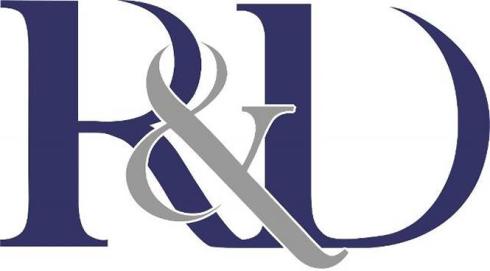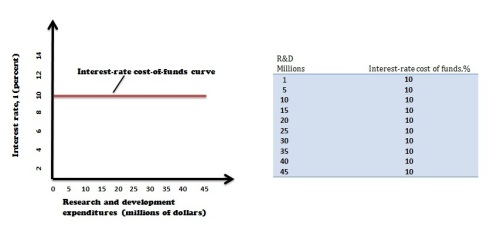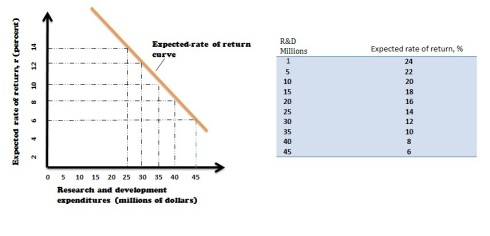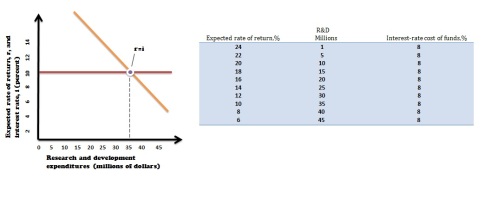In many financial decisions cost and benefits occur at different points in time, in most of the cases costs are incurred upfront and afterwards the firms receive benefits from the projects they have invested in. I’ll try to present how to evaluate a project by taking into account the time value of money.
Example: Let’s consider you have the following opportunity to invest your money:
Cost: $1000 today.
Benefit: $1700 in one year.
Because currency is the same it might appear for someone that the cost and the benefit is directly comparable, so that the project’s net value is $1700-$1000=$700. However, this calculation ignores the fact that cost and benefit are incurred at different points in time.
In general a dollar today is more than a dollar in one year, simply because if you have a dollar now, you can invest it. For example you could deposit your dollar under in a bank account that offers a deposit rate of 5%, so in one year you will have $1.05. Even if the revenue for the case that I provided is extremely small, when the potential budget for investment increases drastically, the benefit from this investment becomes much larger. The difference between money today and money in the future that was provided in the example above is called the time value of money.
Interest rate
Be depositing our money in a bank, we can transfer them from one to another point in time with no risk. Similarly, by borrowing money from the bank we exchange money in the future for the money we receive today. This rate, by which we exchange money today with money in the future, is called interest rate. As exchange rate offers us the ability to convert from one currency to another, the interest rate offers us the ability to convert money from one to another point in time. It tells today the market price of dollar in the future. The risk-free rate,rf, is the interest rate at which money can be borrowed or lent without incurring risk over a certain period of time.
Since it is a market price, the risk-free rate depends on the supply and demand in the savings and borrowing market. In case that we know the risk-free rate, we can use it to evaluate other decisions in which costs and benefits are positioned in different points in time without knowing investor’s preference.
When we represent the value of a cash-flow in terms of dollars today, we call it the Present Value (PV) of investment; however, if we express it in terms of dollars in future, we call it the Future Value (FV) of investment.














